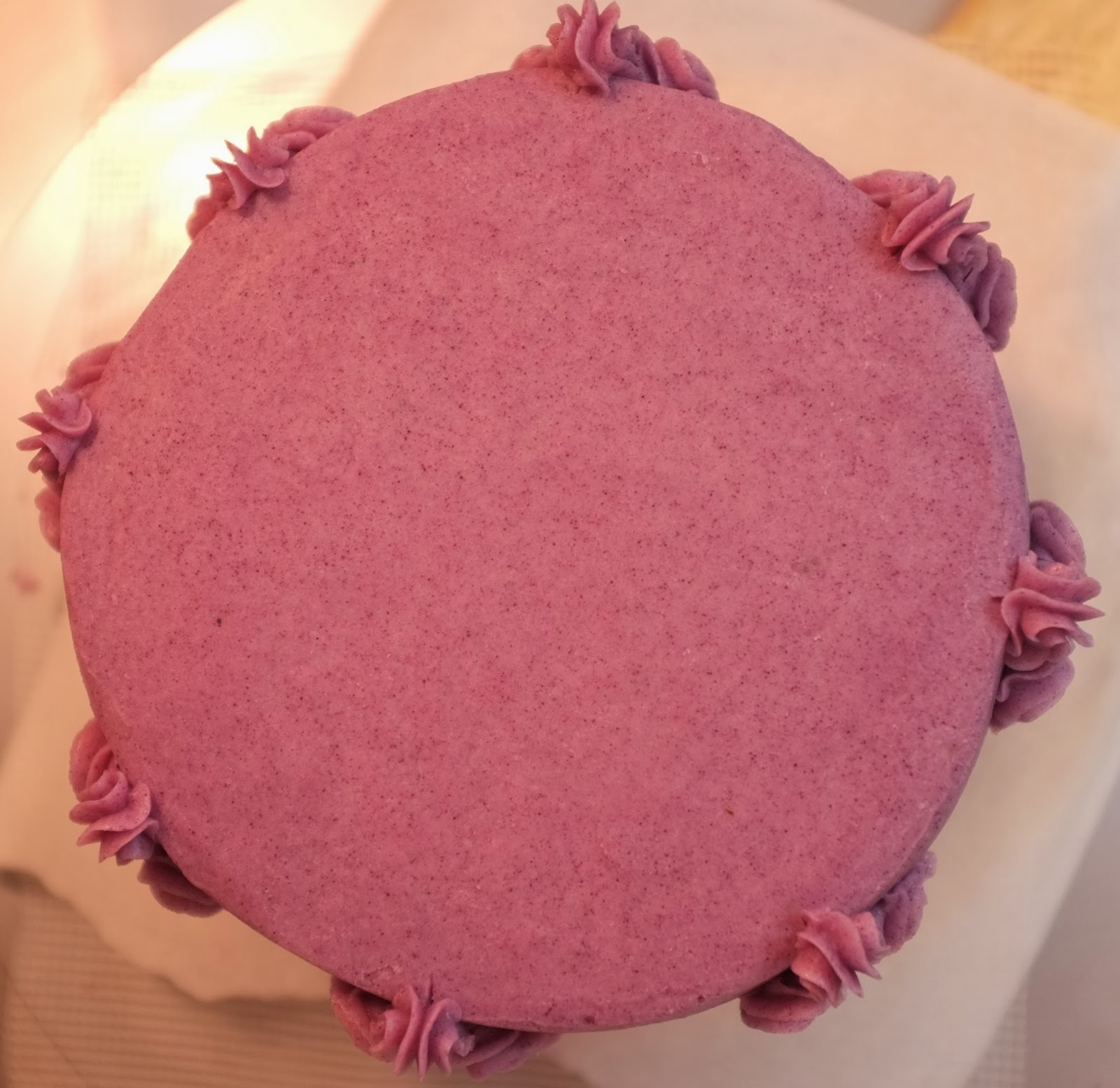One of the reasons for wanting to start my own business was to meet other people who care about what they do, and together to create something positive for others. (I recommend the book Business Model You for its personal mission planning activities for uncovering what really drives you.)
I haven't even properly got going with the business, but it has already been such an amazing ride.
It started slowly, from 2011 when I started writing this blog. People got in touch now and again, people with similar dreams looking for help, people who were enthusiastic about the same things as I am, and other businesses looking to make connections. It's always great to hear from good people.
Then I got to meet the warm and formidable members of the Bramley Apple Fan Club, and through them learn the amazing history of this British fruit and meet not only the people instrumental in bringing the Bramley to Japan (to whom I will be forever grateful!), but also the British family connected to the Bramley's very existence.
It's all somewhat beginning to snowball as more connections are made, and every week I'm in touch with truly kind and inspirational people and I'm learning so much. The generosity and collaborative spirit is incredible and I frequently catch myself feeling how lucky I have been already.
I'm now meeting passionate bakers, advocates for real food and for British and Japanese culture, writers, teachers and fellow learners, all with shared enthusiasm for creating something positive.
I've got such a feeling of excitement, this is going to be great!
Ahem. Now I can just calm back down a bit. :)



































